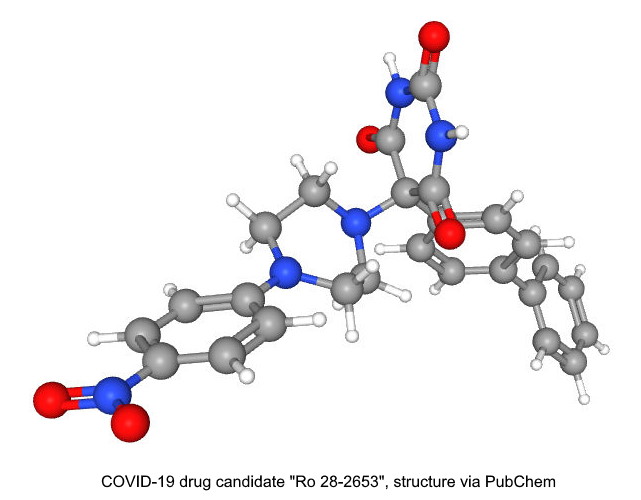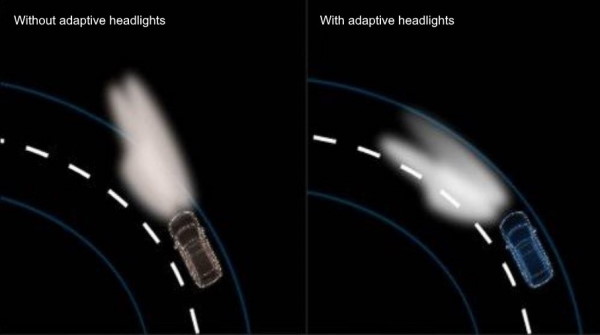The shift away from the internal combustion engine to electric vehicles holds great promise for reducing noxious pollution in our towns and cities. It will also reduce the carbon footprint of transport if the electricity is generated from sustainable and renewable sources, such as wind and solar. The shift will also reduce our dependency on the limited resource that is oil. Research published in the International Journal of Energy Technology and Policy looks at the public perception of electric vehicles and environmental awareness.
Noelia Araújo-Vila and José Antonio Fraiz-Brea of the Business and Tourism Faculty at the University of Vigo in Ourense, Spain and Lucília Cardoso of the Instituto Politécnico de Leiria in Peniche, Portugal have surveyed 463 individuals to determine EV purchase intention and to see what pros and cons these people see with EVs when compared to conventional vehicles. Fundamentally, relatively high vehicle prices, limited range between charges and the scarcity of charging stations and specialised workshops are still deterring a lot of drivers from making the shift to an EV.
The researchers suggest that society itself needs to adapt urgently to replace the internal combustion engine with the electric motor. In order for the necessary changes to be made, the advantages to individual drivers and to the environment need to be made more apparent. There is a very pressing need to combat pollution and climate change and in some regions, legislation is forcing the internal combustion engine out of the market and off the roads. At the moment, the team writes, a mere 7 in every 1000 cars driven in Spain is an EV. Fewer than one in five drivers report an intention to switch to an EV with their next purchase.
Many countries and states are reluctant to accelerate the implementation of the necessary laws and so public awareness, opinion and thus purchase intention need to be driven in the right direction towards a sustainable future for personal transportation. Measures need to be put in place that reduce or even eliminate the roadblocks that are preventing from buying EVs. For instance, research must be done to find a better type of rechargeable battery to allow the vehicle range between charging to be extended considerably. The charging network must also be expanded and we must increase the number of specialist mechanics needed to maintain and repair EVs. The potential market is enormous but with too little awareness among the public, the industry and legislators may have to kickstart the process to help navigate the public in the right direction.
Araújo-Vila, N., Cardoso, L. and Fraiz-Brea, J.A. (2022) ‘Electric vehicles purchase perceptions. Effect on environmental awareness’, Int. J. Energy Technology and Policy, Vol. 18, No. 1, pp.32–56.



